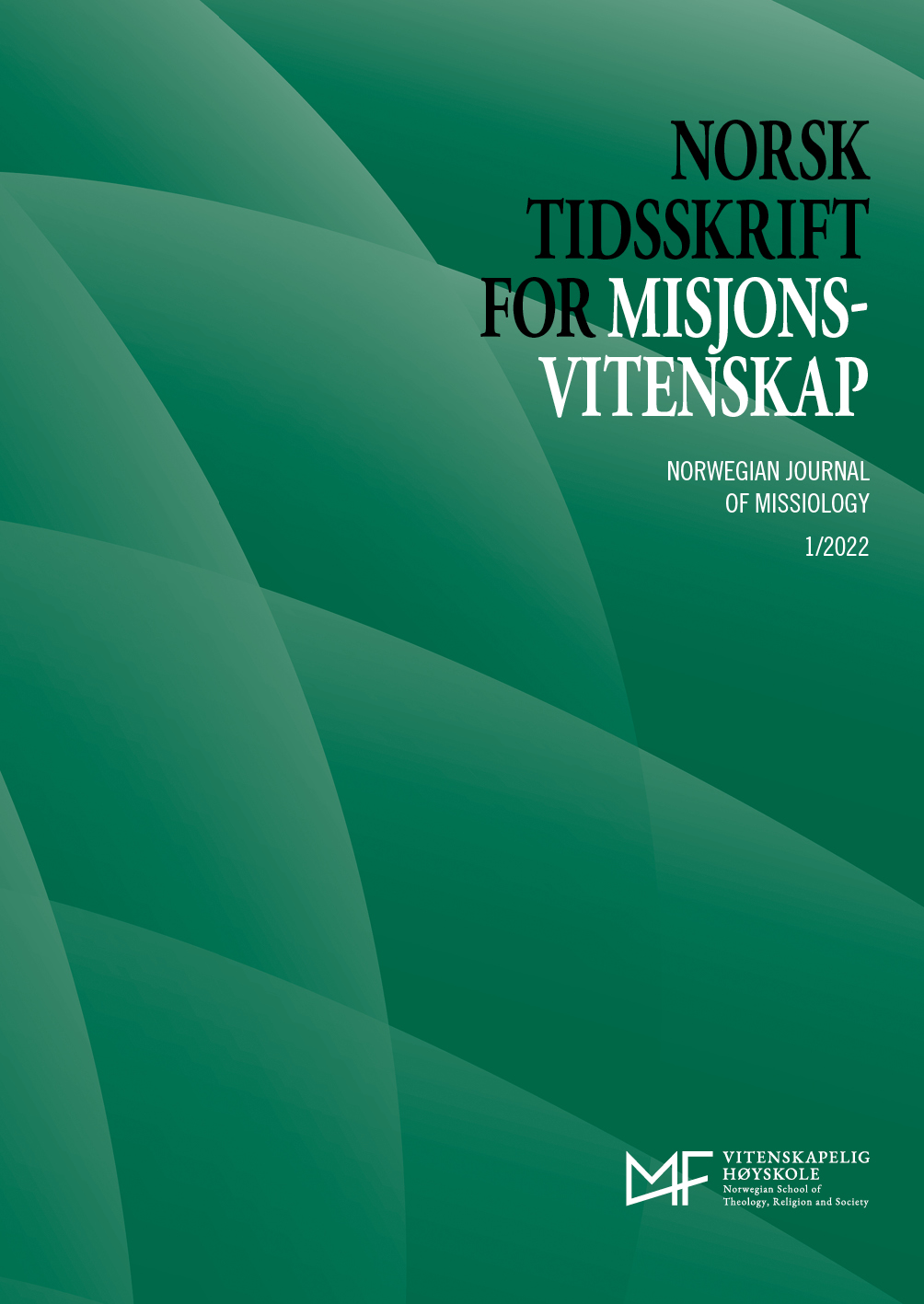Salmesang i Kina
DOI:
https://doi.org/10.48626/ntm.v76i1.5489Abstract
From the beginning of the nineteenth century Western missionaries in China translated hymns from their home churches and movements. The first book was printed in 1818. But the di$culties, both with poetry and music, resulted in discussions among missionaries and Chinese Christians. Some were sceptical to using Chinese poetry and music in the churches, while others promoted it. The result has been a combination of translated hymns and new Chinese hymns and music. During the twentieth century some influential ecumenical hymn books were made. Still the western hymns dominated, but the contribution by Chinese poets and musicians has become more and more influential. A national hymnody has been created. Of special importance is the hymnbook, Canaan Hymns. All the hymns there are written by the peasant woman Lü Xiaomin during the latest three decades. #ey still dominate the House Church movements all over the country, and many of her hymns are also used in Three-Self-churches.
Downloads
Metrics
Downloads
Published
Issue
Section
License
Copyright (c) 2022 Norwegian Journal of Missiology

This work is licensed under a Creative Commons Attribution-NonCommercial-NoDerivatives 4.0 International License.
Norsk Tidsskrift for Misjonsvitenskap er i dag et digitalt tidsskrift som er tilgjengelig gratis for alle. Artikler gjøres offentlig tilgjengelige med en såkaldt Creative Commons lisens CC BY-ND på tidsskriftets hjemmeside. Dette innebærer at alle står fritt til å gjenbruke artikkelen under forutsetning av at opphavspersonen blir navngitt.





